
Dramatic headlines warn of an 84% surge in grocery prices—but is that the full story? While sweeping tariffs are indeed taking effect, the real impact looks more modest yet still troubling.
According to Yale’s Budget Lab, most food items will rise by 2.6% to 4%, with produce and coffee among the hardest hit. That may sound small, but after years of inflation, even minor increases feel significant to families already stretched thin. The truth? It’s not just media spin, but it’s not a full-blown catastrophe either.
Let’s unpack what’s changing, and how it hits your pantry, paycheck, and peace of mind.
What’s on the Line at the Checkout?
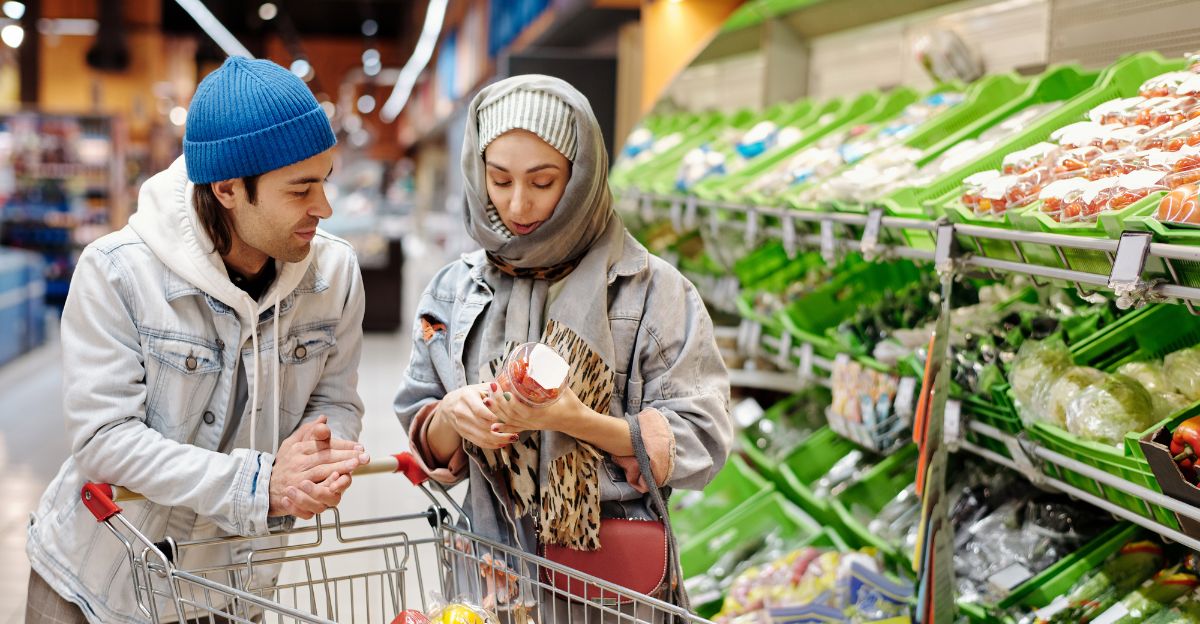
Tariffs aren’t abstract—they show up in your shopping cart. Everyday favorites like bananas, avocados, coffee, and seafood are all vulnerable. The U.S. relies heavily on imports: 80% of seafood, 59% of fruit, and nearly all coffee come from abroad.
As prices climb, shoppers are shifting to store brands, skipping luxuries, or buying in bulk. These aren’t just food preferences—they’re survival strategies for many households. The ripple effect? Less spontaneity, more planning, and the rise of make-it-stretch cooking. It’s a daily recalibration of what families can afford to eat—and what they can no longer justify bringing home.
What Items Will Be Hit the Hardest?
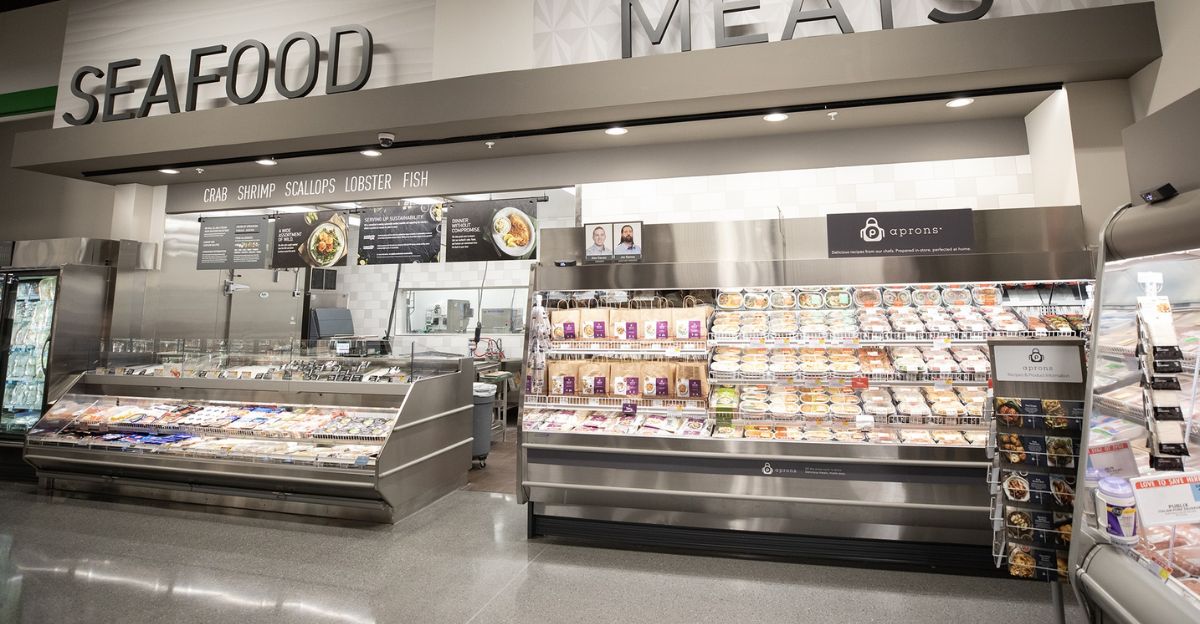
Seafood, coffee, and fresh produce are in the tariff crosshairs. Shrimp imported from Asia may see price hikes between 20–50% at the port, and since most of the U.S. coffee and bananas are imported, expect those to jump too.
Even pantry staples like canned vegetables and pasta are vulnerable as packaging and transport costs rise. The sticker shock will likely start in the produce aisle—but it won’t stay there. As shipping, storage, and shelf stocking adjust to higher import costs, nearly every grocery category may feel the ripple effect before long.
Behind the Curtain—Why Now?
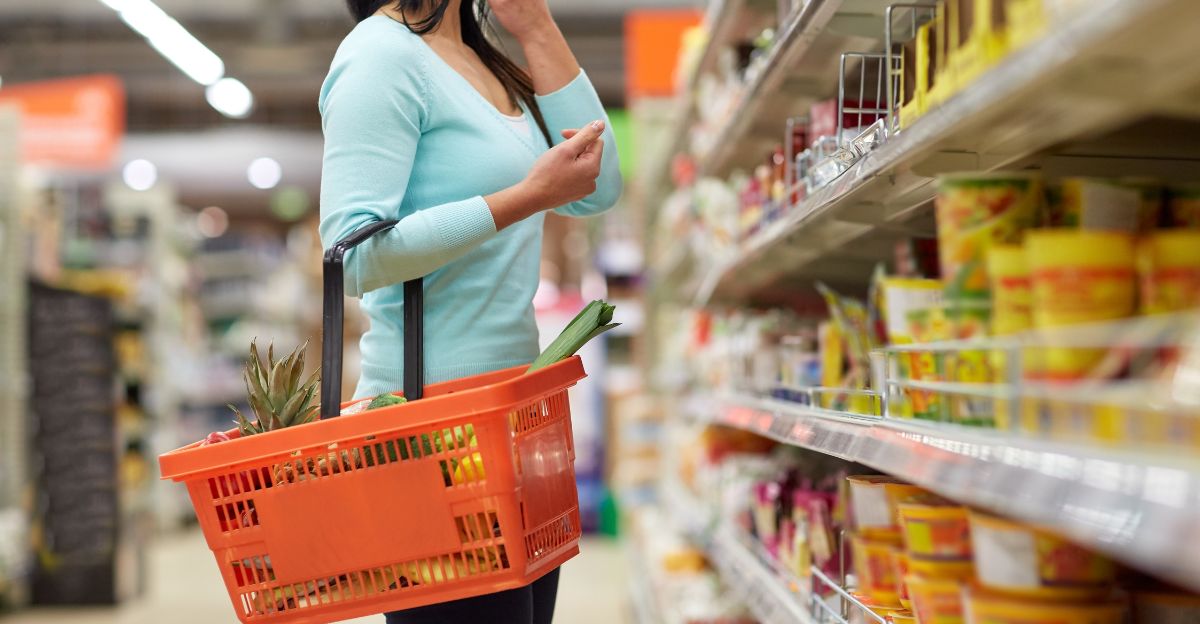
This spring’s tariff wave isn’t the first—but it’s the most sweeping in years. A blanket 10% tax on imports is now in place, with some goods from Mexico and Canada facing up to 25%. While major retailers prepared by stockpiling inventory, smaller grocers are already raising prices.
Experts warn that consumers will feel the full impact by mid-year, as pre-tariff stock runs dry and pricier shipments hit shelves. This slow burn means sticker shock won’t strike overnight—but when it does, it’ll be sudden and sustained. Summer may mark the true beginning of this grocery price reckoning.
When Food Costs Rise, So Does Anxiety

Price increases at the grocery store hit harder than in most other places—and there’s a psychological reason. Behavioral economists call it “loss aversion”: the emotional sting of spending more far outweighs the satisfaction of savings.
So even a 3% rise can feel dramatic. Shoppers respond by visiting stores more often, buying smaller quantities, and making fewer impulse purchases. These shifts add stress, especially for families managing tight budgets. The result isn’t just financial—it’s emotional.
Food insecurity doesn’t always mean hunger. Sometimes, it’s the quiet pressure of doing more with less, week after week.
Shrinkflation and Vanishing Variety
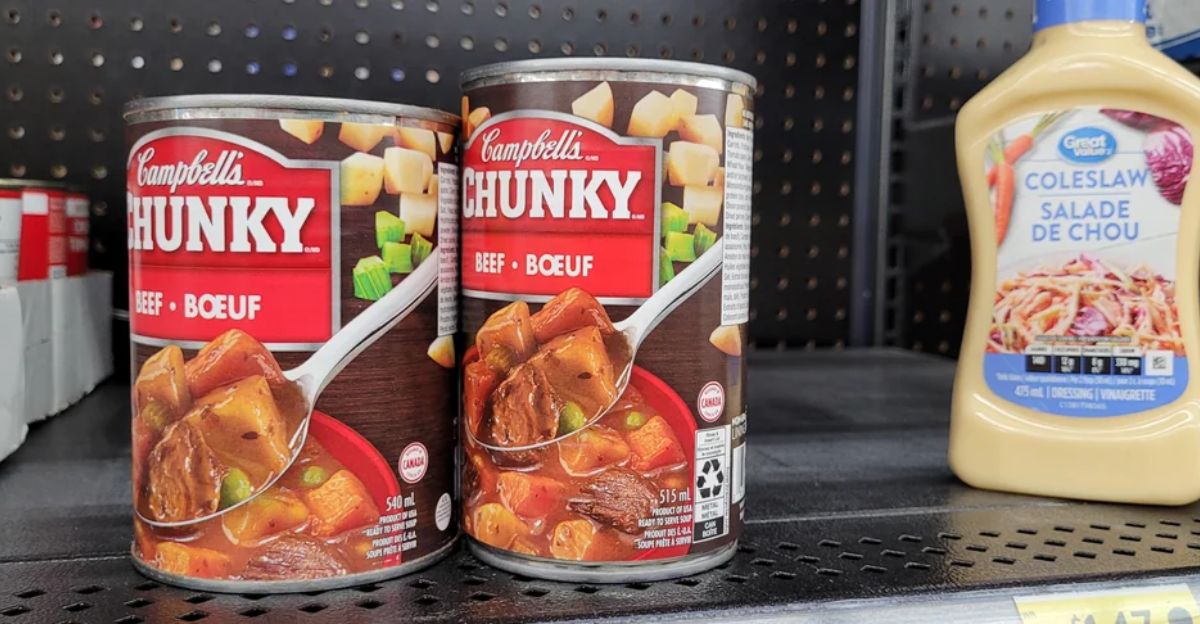
Rising costs aren’t just showing up in price tags—they’re hiding in plain sight. Packages are getting smaller, ingredient lists are changing, and some products are quietly disappearing. Known as “shrinkflation,” this trend lets companies manage rising expenses without obvious hikes.
But consumers still feel the loss. They start to see less of their favorite snacks. Trusted brands may offer less for more. And less popular items might not return at all.
For shoppers, it’s a new normal: fewer choices, smaller servings, and a constant need to adapt. These hidden trade-offs are the clearest signs that the food system is under strain.
Who Feels It the Most?
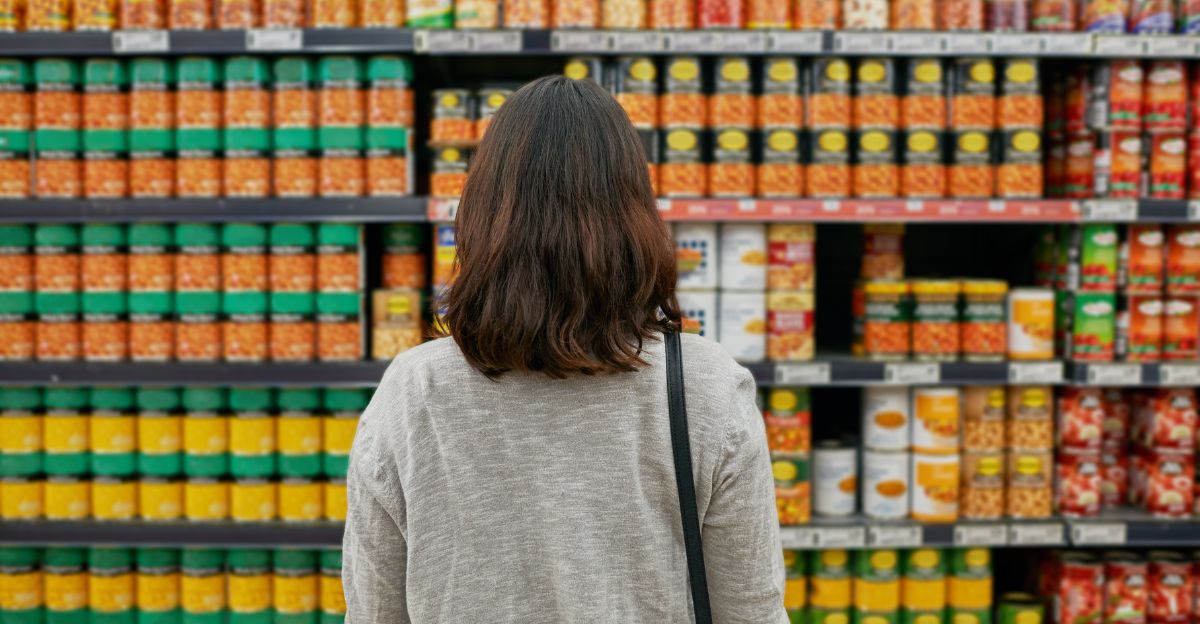
Food inflation hits hardest where budgets are thinnest. Lower-income households—especially those in the second-lowest income bracket—spend a much larger share of their earnings on groceries. According to Yale’s Budget Lab, these families could feel more than double the impact compared to top earners.
That means skipping treats, rationing meals, or turning to food banks more often. For some, even a 2–4% hike tips the scale from stretched to struggling. It’s a quiet but serious crisis: price hikes that seem “modest” on paper can be deeply destabilizing for those living closest to the edge.
Can Consumers Push Back?

There’s no one-size-fits-all solution, but shoppers and grocers are adapting fast. Consumers are leaning into store brands, buying in bulk, and timing purchases around sales. Some are growing herbs or vegetables at home, while others are joining community co-ops to share costs. Grocers, meanwhile, are seeking more domestic suppliers, renegotiating with vendors, and promoting value-driven products.
These workarounds offer some relief, but they don’t solve the root problem. As long as tariffs remain, so will the pressure. Still, every dollar saved and every habit adjusted is a small act of resilience in a shifting food landscape.
The Road Ahead—Pressure, Policy, and What’s Next

Tariffs aren’t just trade tools—they’re stress tests for the food supply, the economy, and everyday life. While headlines may amplify worst-case scenarios, the concern is real. Rising costs are changing how we shop, eat, and think about food security. The takeaway? Stay alert, adaptable, and informed.
Support local producers when possible, and be mindful of shifting prices and patterns. The food system is evolving, faster than most realize, and what’s at stake is more than just price. It’s access, choice, and trust in the stability of something as basic, and vital, as putting food on the table.
Discover more trending stories and Follow us to keep inspiration flowing to your feed!

Craving more home and lifestyle inspiration? Hit Follow to keep the creativity flowing, and let us know your thoughts in the comments below!
